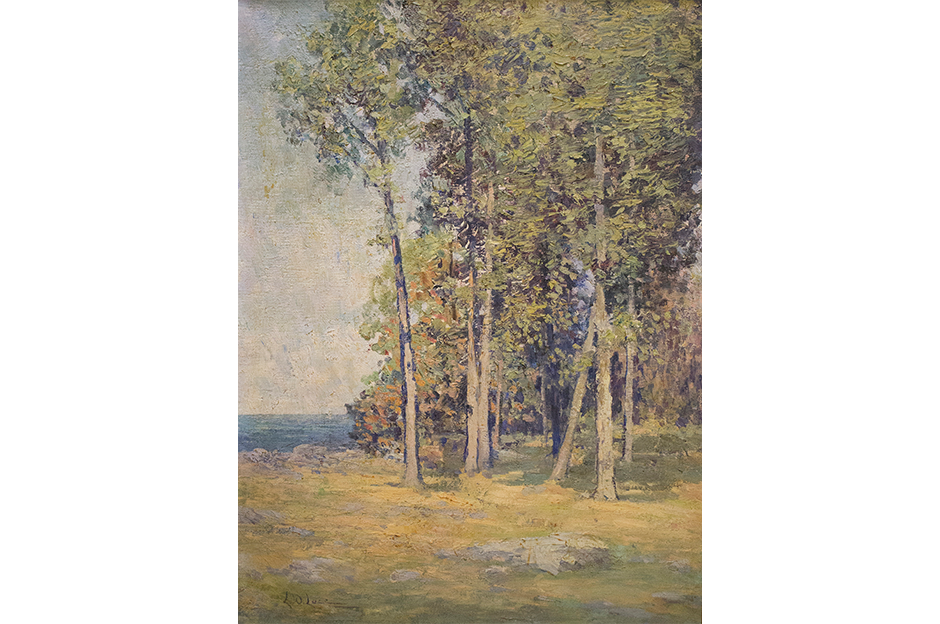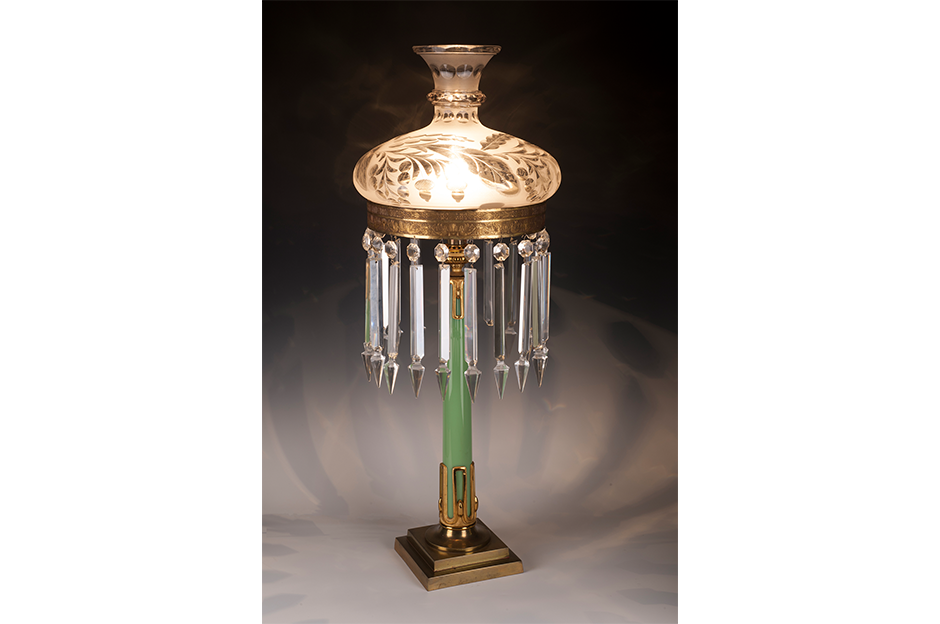From out of the darkness came light, and art changed forever.
For the majority of Americans living in the early 1800s, the candle, fireplace, and moon were the only light available at night so their days ended when the sun set, often plunging them into complete darkness. The impact of artificial lighting in the 1800s was more profound than digital technology is today.
Developments in artificial light and new lighting methods changed how Americans perceived color, depth, and brightness—changing forever how they lived. Painters and designers responded to groundbreaking innovations in lighting technology and the changes they wrought. The art they produced played a crucial role in helping Americans negotiate and celebrate the cultural transformations that each new lighting device ushered in.
Astonishing Brilliance: Art, Light, and the Transformation of American Culture features paintings, works on paper, and decorative arts from the Museum’s treasure vault. This is the first time some of these artistic gems will be on public view. The kaleidoscope of objects in the exhibition reveals how artists incorporated the science behind new lighting discoveries into their artistic practice. Discover how the quantity and quality of light—as Americans gained in their ability to produce and control it—affected perception itself.
Astonishing Brilliance explores three broad themes: the changing conception of night during the 1800s, the various lighting devices and the plethora of decorative objects they inspired; and the transformation of sunlit scenes of nature as painters became increasingly curious about the shifting qualities of light.
Your nighttime journey begins with a spooky, moonlit painting in which Narcisse Virgilio Díaz de la Peña (1807–1876) depicts a young woman and a witch. Diaz’s
painting dramatically contrasts with George Luks’ oil sketch from 60 years later of two young women enjoying urban nightlife. Luks utilizes the brilliant, glittering effects of electric lighting to underscore their frivolity.
Next, explore various innovations in lighting technology. You will find lighting devices and burning fuels as diverse as the Argand whale-oil lamp and the Bradley and Hubbard kerosene lamp. The changing aesthetics of fans, rugs, jewelry, and other decorative arts suggest the complex interrelationship between art, science, and industry.
The science driving these innovations fascinated painters. It fueled their exploration of how sunlight under differing conditions—weather, season, time of day—affects our perception of color and depth. The final section of the exhibition charts the shifting use of light in landscape paintings—from symbolic and dramatic in the Hudson River School era to the very subject of painting itself for Impressionists.
Visual art enables us to explore the profound impact of new lighting technologies on American society and culture in the 1800s. Join us in this journey of discovery and gain greater insight into the extent to which light affects how we see, feel, and live today.
Holiday Hours: Christmas Eve—Open 10 a.m. to noon; Christmas Day and New Year’s Day—Closed.
Close
Astonishing Brilliance: Art, Light and the Transformation of American Culture
AUG. 3, 2019 10:00 am







